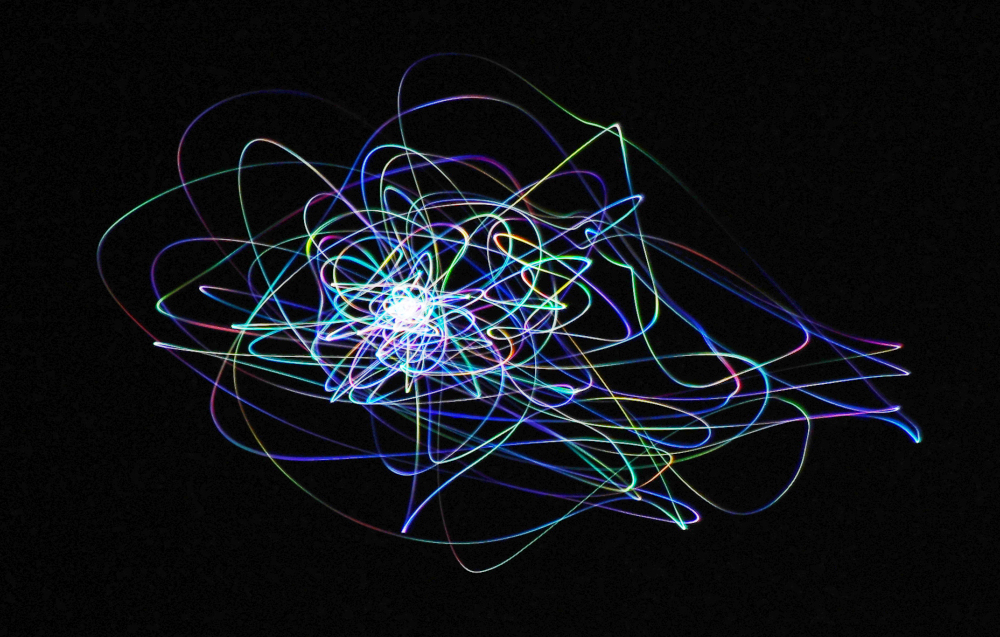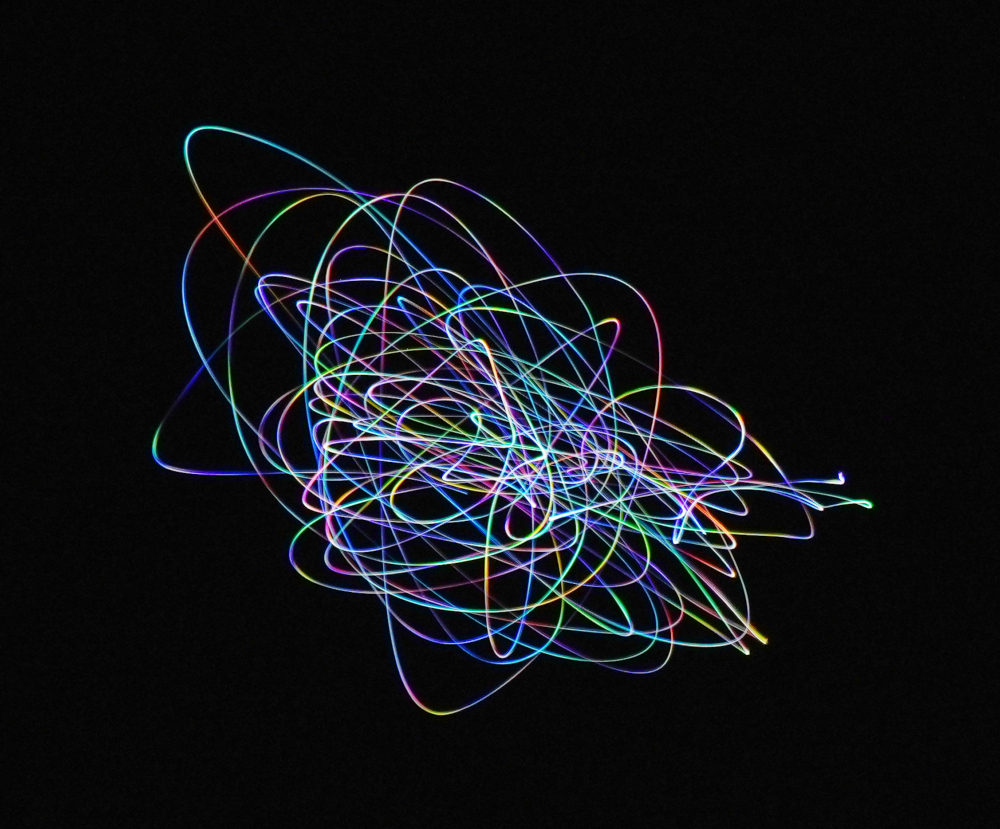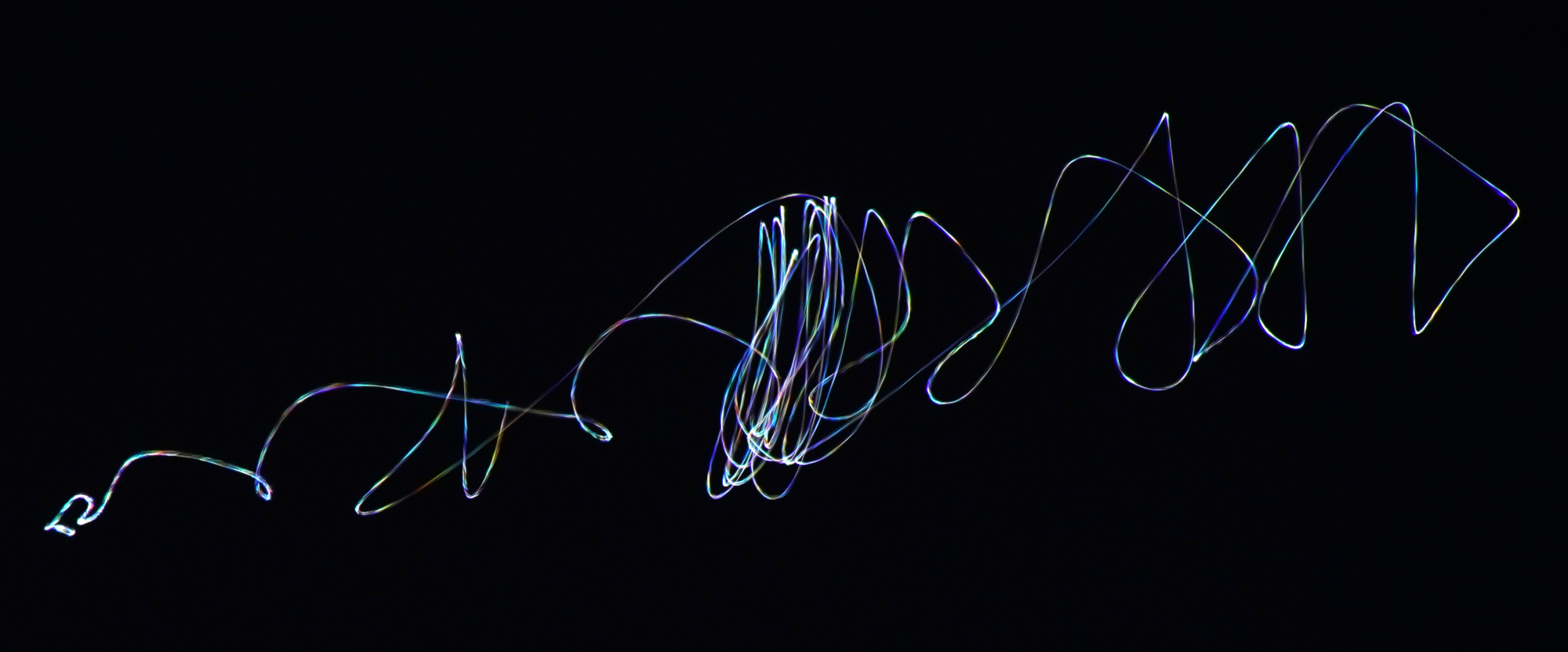Sirius and color twinkling
Many had noticed that bright stars do twinkle, while planets do not. Recently, when looking at Sirius at low elevation I noticed it's not just brightness but also color twinkling. I took Sigma 50-500mm lens at F8 (62mm aperture), and did 4 second exposure while allowing camera to wobble so that variation of brightness and/or color would be recorded. Results really surprised me.Why it happens? Stars twinkle due to turbulence of the atmosphere acting as a random gradient refractive index "prism" (which is randomly shifting image & splitting colors - yes, even air has dispersion and it's visible here!) - so more/less light of different colors randomly hit lens aperture / eye. For stars air turbulence is sampled (in this case) in cylinder 62mm in diameter and ~50km in length, which makes effect very visible. Jupiter for example will average turbulence over a cone which opens up to 7.2m at 50km due to angular size of the planet, which will dramatically reduce contrast of twinkling due to averaging. Same averaging (reduction of twinkling) could happen for large telescopes (300mm+) even for stars, simply due to averaging across larger air volume.


One more:






 @BarsMonster
@BarsMonster